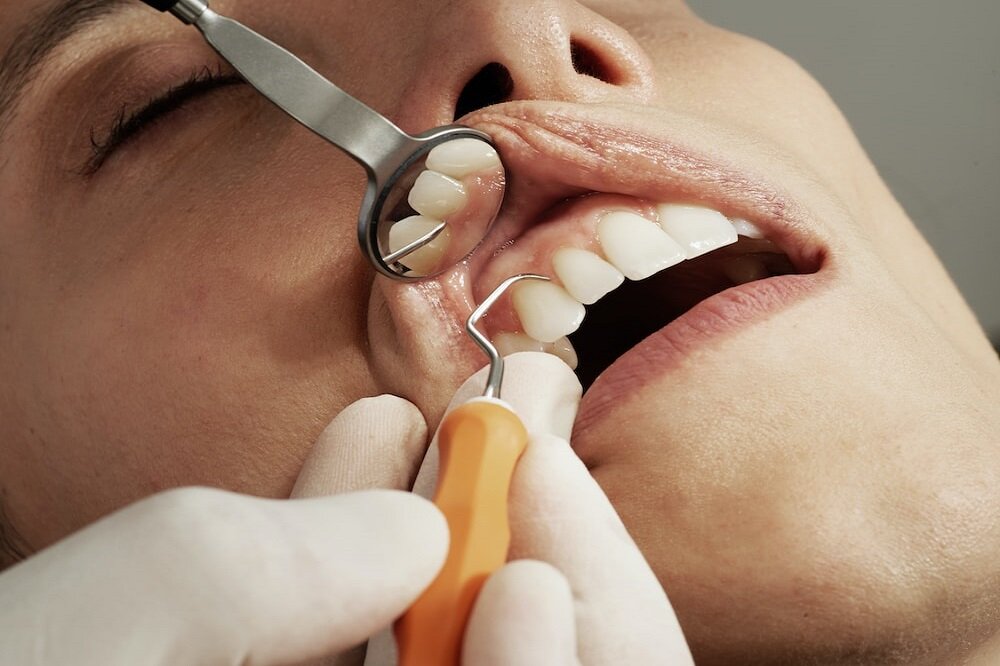Professional teeth cleaning is a preventive dental treatment essential to good oral hygiene. It involves a visit to the dentist near you for the professional removal of plaque and tartar, often followed by a fluoride treatment to prevent cavities. It is recommended for someone with good oral health to visit their dentist at least twice a year for a thorough dental cleaning.
Those who have restorations or have sought other dental treatments must follow the advice of dentists in Dearborn on how often they should schedule teeth cleaning. The deep cleaning and thorough examination during a biannual checkup can help prevent more serious oral health problems such as gingivitis and periodontal disease.
The Process of a Teeth Cleaning
The process of teeth cleaning sessions may vary from one dentist to another. There can also be variations based on the condition of your teeth and any dental restorative procedures you may have undergone before. The following is a general breakdown of teeth cleanings in Dearborn.
Initial diagnosis
Once you make your appointment for teeth cleaning near you, the first step is undergoing a full inspection by the dentist to determine your oral health and the depth of the cleaning you need. During this inspection, the dentist will also check for signs of gum disease and any potential cavities in your teeth that need filling. For example, someone who smokes or regularly consumes sugary drinks may need deeper cleaning than someone with good oral hygiene habits.
X-rays
Most dental offices nowadays include digital X-rays after the initial manual inspection to check for oral issues that can go undetected by the naked eye. With these X-rays, even the most delicate and subtle issues can be directed, which helps preventive treatments before those issues become major. These issues include tumors and cysts, early stages of gum disease, bone loss, and some abnormalities that can be missed during oral examinations.
Cleaning plaque and tartar
It is one of the most important steps of professional teeth cleanings. Once dental plaque – a sticky film containing bacteria that develop due to the lack of proper cleaning – turns into tartar, a hardened substance, it is impossible to remove without the proper tools a dental hygienist uses. Using a scaling device, your dental hygienist will remove the plaque and tartar buildup around your teeth.
Electric power polishing
After removing plaque and tartar, a special electric brush and a gritty toothpaste will be used to deep clean and “polish” the enamel of your teeth. Due to the electric toothbrush, this step may get quite noisy, but you will likely enjoy the refreshing feeling and the polished appearance of teeth after a thorough power cleaning.
Deep flossing
Flossing is a required step of a daily oral hygiene regimen that many people tend to miss. Professional flossing is similar to what you do at home, but a dental hygienist has better access to the molars and the crevices that can often be neglected.
Fluoride treatment
Fluoride helps strengthen enamel and prevent cavities. Getting a fluoride treatment after a deep teeth cleaning helps to lower the possibility of cavities until your next visit to the dentist.
Inspection
The final inspection after the teeth cleaning involves checking if the cleaning was uniformly performed within the oral cavity, any misalignments of jaw and teeth that need to be fixed, and also a final inspection for any possible signs of gum disease and oral cancer. Your dentist will also check the condition of your dental restorative treatments to see if any corrections are needed.

